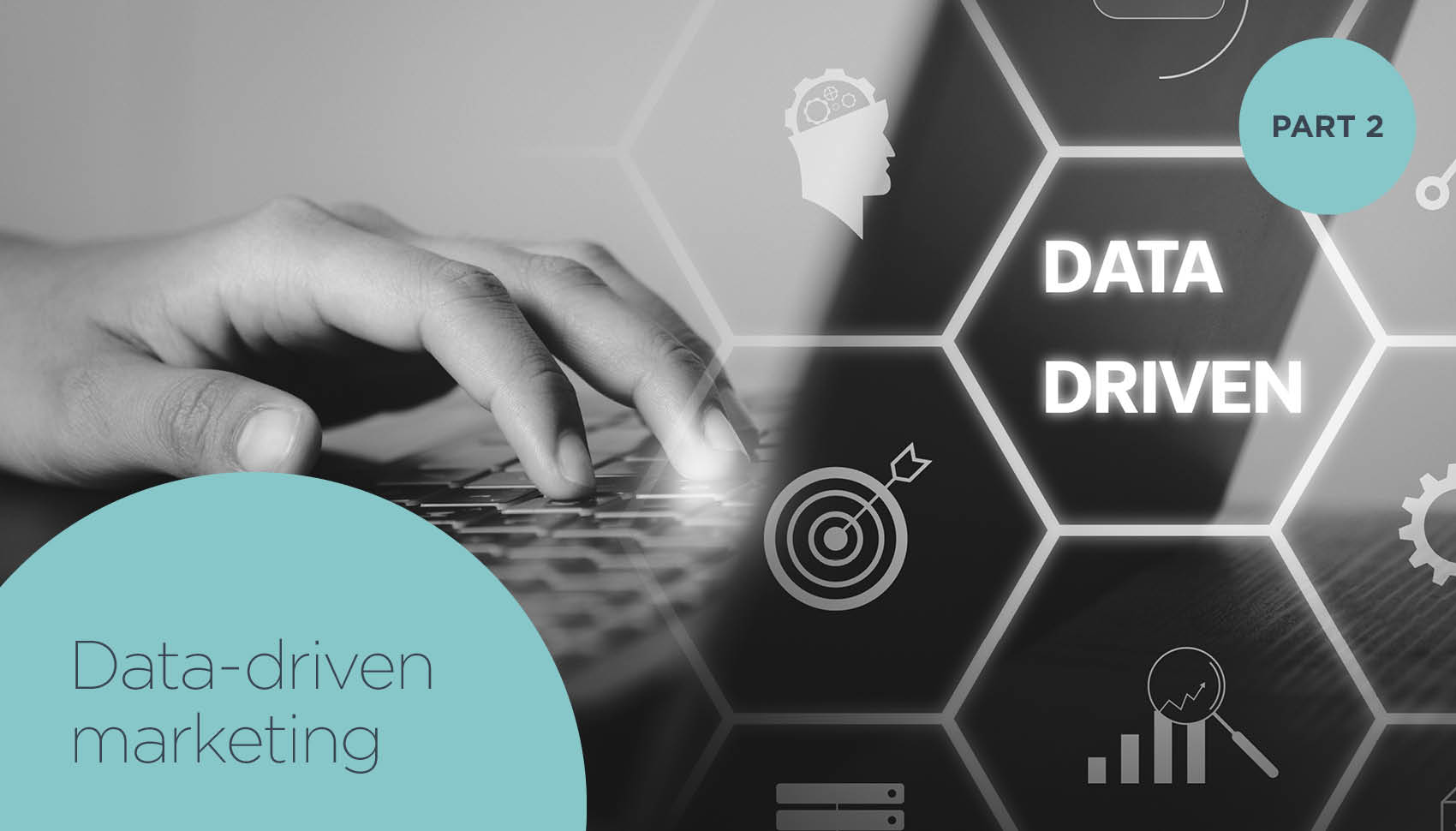Big data has changed the way marketers operate, and in doing so, has changed the face of business forever.
Whether you’re trying to improve customer engagement, review your pricing decisions, or optimise the performance of your product in the market, you’ll always find big data an indispensable marketing tool.
How is Big Data transforming Marketing?
It wouldn’t be out of place to say that big data’s greatest influence shows up in the area of customer experience. After all, it’s what unlocks the hidden patterns, unfamiliar trends, and customer preferences. But there are also many other ways big data is transforming marketing.
We’ve outlined some of them here.
1. Brand awareness and engagement
Your brand needs massive amounts of awareness and engagement to cope in a competitive market. According to a retail study, data-driven retailers enjoy a greater annual increase in brand awareness and this is largely down to data-driven content.
But here’s the thing. To increase engagement among those who have had contact with your brand, the content needs to be purposeful and informed by facts. That’s because big data allows marketers to create personalised or customer-specific content that people can relate to.
2. Pricing strategy
Gone are the days when pricing depends solely on the forces of demand and supply. Nowadays, people use big data analytics tools to draw insights that help them make smart pricing decisions or price projections for the future.
Part of its applications also include creating price variants for a single product. It creates the opportunity to choose the best price point for your products and also saves you precious time.
3. Marketing tools and technologies
The advent of big data has led to the creation of countless innovative marketing tools and technologies. These tools are the most potent weapons in the hands of marketers because they reveal insights marketers wouldn’t have otherwise had access to.
For instance, all major digital ad platforms of this age have dashboard analytics that provide real-time information about ad performance. These technologies get updated regularly based on customer feedback, thus creating a more robust usability.
Easy ways to start implementing big-data
Big data has a wide range of applications in the marketing industry but its usefulness goes well beyond marketing. It’s also used in other industries like e-commerce, education, healthcare, media, entertainment, banking, telecommunications, and government.
Regardless of the industry in which you operate, you’ll find our step-by-step guide to getting started with big data really helpful.
Ready? Here goes.
1. Build a data analytics system
The first step towards implementing big data is creating an effective data analytics system. This system should pull out valuable insights for you to use to build out your marketing plans.
You might want to create a customised tool from scratch or buy an existing one from the software market. Either way, it’s a worthy investment.
2. Hire competent data analysts
What happens after you’ve got your data analytics tool set up? If your instinct is to dive right in, you’re right to think that way, but there’s an intermediate step: building staff competence.
What’s the point in having a great tool that no one can use? Most businesses prefer to train in-house staff by either sending their employees on a short course, hiring professionals to train them, or enrolling them in big data training courses. Others might prefer to sidestep that stress by flat out hiring a professional analyst.
Whatever you choose to do, bear in mind that you need someone with the skills to get the most return on your investment.
3. Merge science with arts
As important as data-driven marketing is to your business, you shouldn’t get too excited and abandon all your other marketing strategies. It might sound obvious, but you’d be surprised how often it happens.
The primary role of data is to give you insights that you can use to finetune your marketing strategies. That doesn’t necessarily mean your audience should be seeing those numbers, more so the result of those numbers.
For example, your content strategy should be a blend of data-driven storytelling, visual content, video storytelling, and other proven techniques. That’s the only way to make the most out of your marketing.
So far, you’ve learnt that data-driven marketing is here to stay. We’ve also shown you the huge influence big data has on marketing. But you see, data on its own isn’t useful. What you do with it matters a lot. If you use data correctly, it’ll impact your business in ways you can’t even imagine.
Are you ready to start using big data to drive massive business growth? Talk to us today and we’d be happy to get things going for you.

